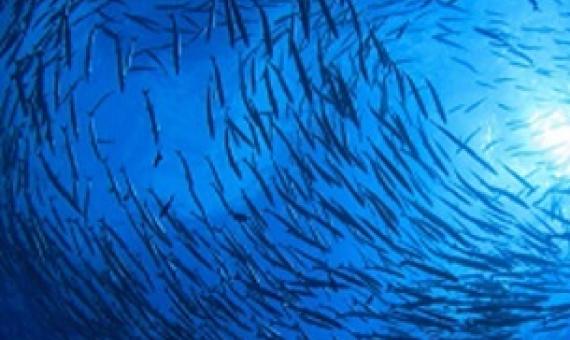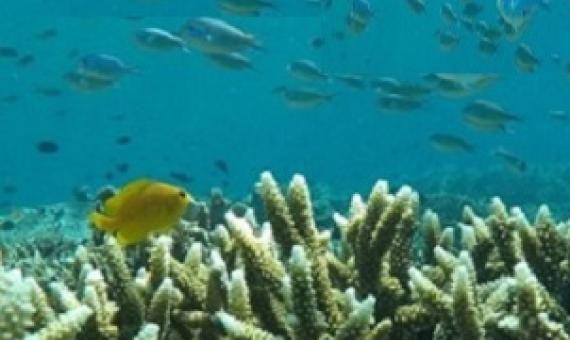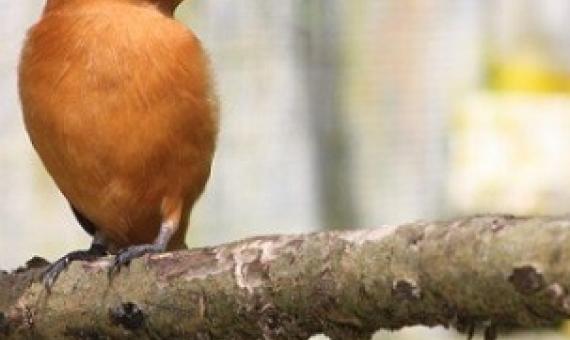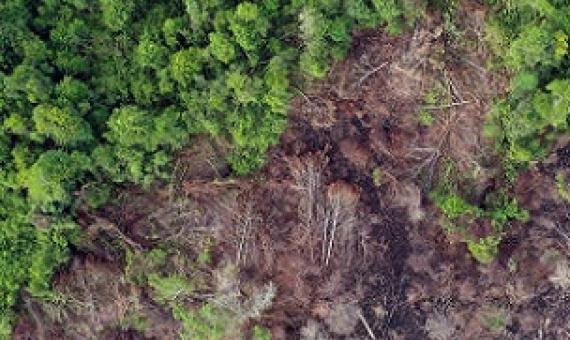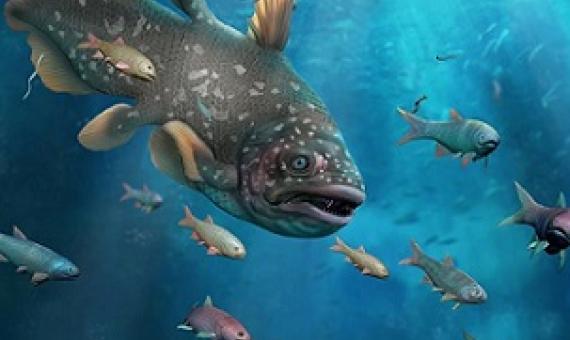On land, rivers and mountain ranges can divide species into genetically distinct populations.
An international team of researchers studied the behavioral changes among butterflyfish on a series of reefs in the Indo-Pacific before and after the 2016 global mass coral bleaching event.
New research examining the perilous state of dying species calls for urgent international conservation efforts to develop unified management plans that could help plants and animals return from the brink of extinction.
Deforestation is resulting in reduced rainfall across large parts of the tropics, according to new research.
Seagrass meadows are important sources of reef island-building sediment
The future vulnerability of low-lying atoll nations is inextricably linked to the production of carbonate sediments by organisms living in their adjacent marine environments. Seagrass meadows are commonly found adjacent to reef islands, but their role as sources of reef island-building sediments has been overlooked. Here, we combine field, satellite and sedimentological data to quantify rates of sediment production by seagrass epibionts in a reef island sediment supply context.
Mangrove reforestation provides greater blue carbon benefit than afforestation for mitigating global climate change
Significant efforts have been invested to restore mangrove forests worldwide through reforestation and afforestation. However, blue carbon benefit has not been compared between these two silvicultural pathways at the global scale. Here, we integrated results from direct field measurements of over 370 restoration sites around the world to show that mangrove reforestation (reestablishing mangroves where they previously colonized) had a greater carbon storage potential per hectare than afforestation (establishing mangroves where not previously mangrove).
An exceptionally well-preserved trove of fossils uncovered in southern China represents a complex marine ecosystem from the dawn of modern life, according to a study published in Science today.
A resilient and connected network of sites to sustain biodiversity under a changing climate
Motivated by declines in biodiversity exacerbated by climate change, we identified a network of conservation sites designed to provide resilient habitat for species, while supporting dynamic shifts in ranges and changes in ecosystem composition. Our 12-ystudy involved 289 scientists in 14 study regions across the conterminous United States(CONUS), and our intent was to support local-, regional-, and national-scale conservation decisions.
The past as a lens for biodiversity conservation on a dynamically changing planet
We are in the midst of a major biodiversity crisis, with deep impacts on the functioning of ecosystems and derived benefits to people (1, 2). But we still have time to pull back. To do so, it is imperative that we learn from plants’ and animals’ past actions (3, 4). Conservation biology, ecology, and paleontology all emphasize that natural systems must exhibit resilience and dynamic responses to rapid environmental changes (3, 5, 6). Both climate and land-use change have accelerated over the past decades, underscoring the urgency for increased understanding and action (7–9).
Industrial chicken and salmon farms are found around the world, but nearly all of the environmental burden of these operations is concentrated on geographical hotspots, according to a study.

